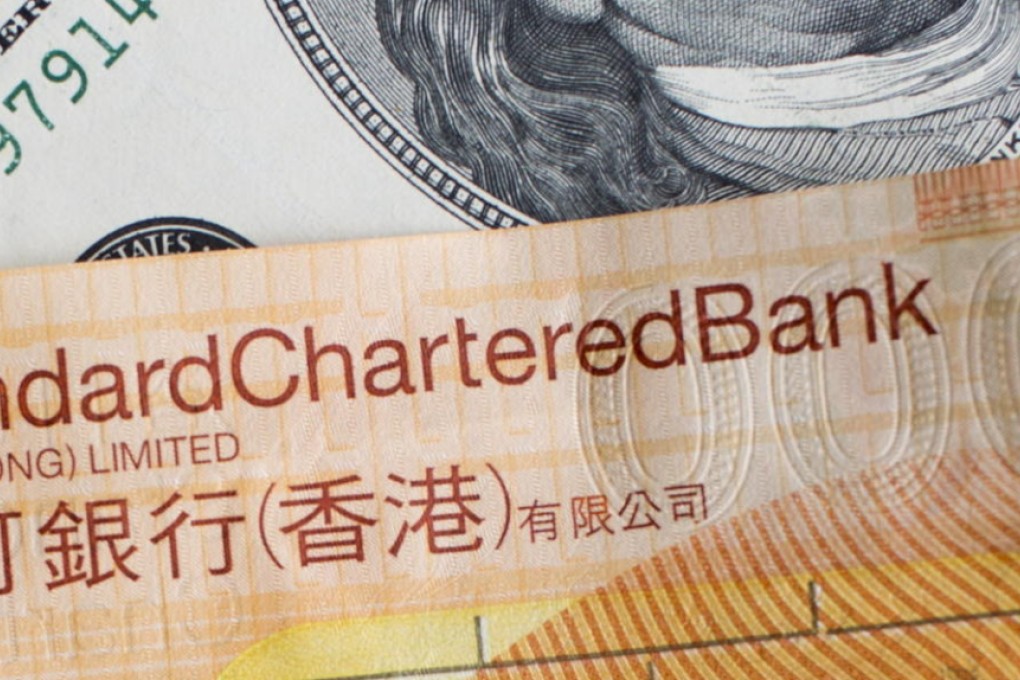New | Battle to defend Hong Kong dollar peg not over with more HKMA intervention seen in fourth quarter
Defending peg has cost HK$147b this year with the latest interventions triggered by investors switching out of yuan deposits after devaluation

The Hong Kong Monetary Authority is tipped to continue its market intervention to defend the Hong Kong dollar peg in the fourth quarter while the city's defacto central bank is also expected to struggle with lower Exchange Fund investment returns in the same time frame.
The HKMA this year has spent HK$147.29 billion to defend the peg, including 13 interventions from September 4 until last Friday that cost HK$75.79 billion in an attempt to weaken the local dollar.
The latest round of interventions were triggered by investors switching out of yuan deposits or other investments back to the Hong Kong dollar, prompted by the 3 per cent devaluation in the yuan in August. These conversions pushed the Hong Kong dollar to 7.75 - the high end of its peg to the greenback - triggering the HKMA to dip into its HK$3.27 trillion Exchange Fund to defend the link. The HKMA will intervene in the market whenever the currency is trading beyond the range of 7.75 to 7.85.
"It is likely the HKMA will have to do more intervention to defend the peg until the end of this year because yuan devaluation is likely to continue in the fourth quarter together with the weak China economy," said Jasper Lo Cho-yan, a director of Tung Shing Futures.
"The trend for yuan conversion back to Hong Kong dollars will continue.